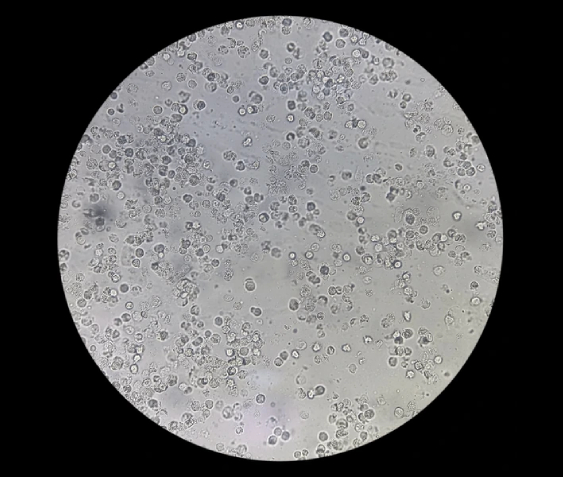Welcome to Jananam Fertility
Welcome to Jananam Fertility


Around 10 percent of infertile men and 1 percent of all men have azoospermia.
Book AppointmentDespite normal spermatogenesis, azoospermia is the absence of sperm cells in the ejaculate. It affects about 1% of guys and is a common cause of infertility in men. About 60% NOA and 40% OA were extracted from it. The semen is rendered less fertile or occasionally sterile by this condition.
Several factors can contribute to obstructive azoospermia. These include:
Most of the time, obstructive azoospermia does not show obvious symptoms.
However, two key
signs may indicate this condition:
Obstructive azoospermia prevents the release of sperm in sufficient numbers, making natural conception extremely difficult.
However, despite the obstruction, viable sperm can often still be retrieved directly from the testis or epididymis. These retrieved sperm can then be used in assisted reproductive techniques like IVF or other fertility treatments.
There are two main surgical treatments for obstructive azoospermia, chosen based on the patient’s condition:
